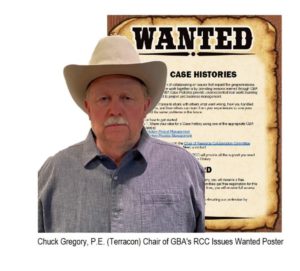Source: Abbie R. Goodman, Executive Director, American Council of Engineering Companies of Massachusetts (ACEC/MA)
David E. Thompson, 82, of Hamilton, formerly of Brookline, retired chairman of the board and chief executive officer of Haley & Aldrich Inc. of Boston, passed away from pancreatic cancer on October 31, 2022.
He was the adored husband of Deborah E. (Marks) Thompson. Born in Norwood, he was the son of the late Robert and Frances (Campbell) Thompson.
He was a graduate of Brookline High School with the class of 1958. David excelled in sports at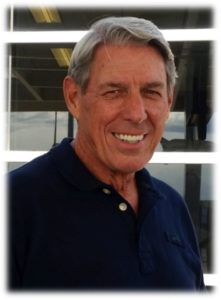 Brookline High and was a co-captain of the football and indoor-outdoor high school track teams. He was named to the Boston Globe and Herald All-Scholastic football teams and the national high school All-American Football Team. David also received the Stanley M. Livingston Cup Award and the Joseph P. Helpern Memorial Trophy Award. Mr. Thompson was awarded the Bennett Memorial Scholarship for Academics and Athletics and furthered his education by attending Tufts University in Boston. While at Tufts, he was elected co-captain of the football team and was named a member of the ECAC All East Football Team for two years.
Brookline High and was a co-captain of the football and indoor-outdoor high school track teams. He was named to the Boston Globe and Herald All-Scholastic football teams and the national high school All-American Football Team. David also received the Stanley M. Livingston Cup Award and the Joseph P. Helpern Memorial Trophy Award. Mr. Thompson was awarded the Bennett Memorial Scholarship for Academics and Athletics and furthered his education by attending Tufts University in Boston. While at Tufts, he was elected co-captain of the football team and was named a member of the ECAC All East Football Team for two years.
David was truly talented in this sport and was awarded the team’s Most Valuable Player in 1991 as well as being named the Clarence P. Houston Award as Athlete of the Year. Mr. Thompson was honored as only one of eight National Scholar Athletes by the National Football Foundation at the NCAA banquet in New York City. His award was presented to him by the President of the United States, John F. Kennedy and the Master of Ceremonies was Bob Hope. The National Football Foundation also inducted him into the College Hall of Fame in 1961 and awarded him the Earl R. Blaik Fellowship award for graduate studies.
David was also a standout co-captain of the indoor-outdoor track teams and earned all-New England recognition for his performance in the hurdle event. In 1962, David entered the military as a proud member of the United States Marine Corps. He earned the rank of captain and served his country during the Vietnam War. He was a member of the Marine Corps Football Team and served as co-captain.
David joined the Inter-Service All Star Team in 1962 and played in the Service Super Bowl in Seoul, Korea in 1963. He was discharged from active duty honorably in 1966 and subsequently served two more years in the active marine corps reserves while earning his master’s degree in civil engineering at Tufts University in 1968. Mr. Thompson had over 40 years of experience in geotechnical engineering and is recognized as a leader in his field.
He joined Haley & Aldrich, Inc. in Boston in 1967 and had served in senior management positions with the firm for over 20 years. He was CEO from 1990 until 2000 and served as chairman of the board from 1995 until 2005.
During his tenure with the firm, he helped it evolve from a local practice with one office in Boston to a nationally recognized practice with 21 offices throughout the United States and two subsidiaries.
David served as a project manager or principal-in-charge on over 1,000 projects completed by the firm. Following his retirement, David continued to provide consulting and expert services.
He actively participated as an expert witness at litigation, mediation, and arbitration for many years and was also a frequent lecturer in professional practice issues. I recall that he lectured with David Hatem on campus at Tufts over many years.
Mr. Thompson also published numerous technical papers throughout his career. David served proudly on the boards of numerous business associations throughout his career. He was the president of ASFE/The Geoprofessional Business Association, chairman of ASFE’s Council of Fellows and president of the National Council for Geo-Engineering and Constructions.
He also was the chairman of the Foundation for Professional Practice and Chairman of Terra Insurance Company. He was also active in ACEC/Massachusetts and The Engineering Center Education Trust.
Mr. Thompson was the recipient of the John I. Parcel-Leif J. Sverdrup Civil Engineering Management Award in 2001 by the American Society of Civil Engineers.
In addition to his devoted and loving wife Debbie with whom he shared 18 years of marriage, he is survived by two sons, Paul Thompson and his wife Pamela of Ipswich, and Scott Thompson and his wife Nga of Nashua, N.H.; four grandchildren, Michelle Goodrich of Wilmington, Rhiannan Mulkern of Danvers and Steven and Julie Thompson of Nashua, N.H.; one great-granddaughter, Adley Goodrich of Wilmington and one sister, Margaret Anderson of Billerica.
Thompson family would like to thank everyone at Care Dimensions for their kindness and support of David.
A Celebration of David’s Life will be held at the Myopia Hunt Club, 435 Bay Road, South Hamilton on Wednesday, November 16, 2022 at 11 a.m. Relatives and friends are invited to attend.
Interment will be held privately.
In lieu of flowers, donations in David’s name may be made to Care Dimensions, c/o the Kaplan Family Hospice House, 75 Sylvan Street, Suite B-102, Danvers, MA 01923.
Arrangements by the Campbell Funeral Home, 525 Cabot Street, Beverly. Information, directions, condolences at www.campbellfuneral.com.
May his memory be a blessing.
 learned through its popular GBA Case History series. Member Firms can also learn from one another on projects that turned out successfully. Higher Ground is intended to inspire GBA Member Firms to reduce risk and improve performance through case histories with a positive outcome.
learned through its popular GBA Case History series. Member Firms can also learn from one another on projects that turned out successfully. Higher Ground is intended to inspire GBA Member Firms to reduce risk and improve performance through case histories with a positive outcome.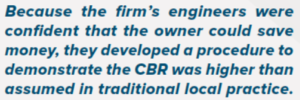


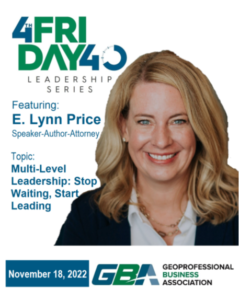 attorney with over twenty years ofexperience providing creative business solutions to clients and executives. Over the last two decades, she has successfully negotiated over 11,000agreements and counting.
attorney with over twenty years ofexperience providing creative business solutions to clients and executives. Over the last two decades, she has successfully negotiated over 11,000agreements and counting. Brookline High and was a co-captain of the football and indoor-outdoor high school track teams. He was named to the Boston Globe and Herald All-Scholastic football teams and the national high school All-American Football Team. David also received the Stanley M. Livingston Cup Award and the Joseph P. Helpern Memorial Trophy Award. Mr. Thompson was awarded the Bennett Memorial Scholarship for Academics and Athletics and furthered his education by attending Tufts University in Boston. While at Tufts, he was elected co-captain of the football team and was named a member of the ECAC All East Football Team for two years.
Brookline High and was a co-captain of the football and indoor-outdoor high school track teams. He was named to the Boston Globe and Herald All-Scholastic football teams and the national high school All-American Football Team. David also received the Stanley M. Livingston Cup Award and the Joseph P. Helpern Memorial Trophy Award. Mr. Thompson was awarded the Bennett Memorial Scholarship for Academics and Athletics and furthered his education by attending Tufts University in Boston. While at Tufts, he was elected co-captain of the football team and was named a member of the ECAC All East Football Team for two years.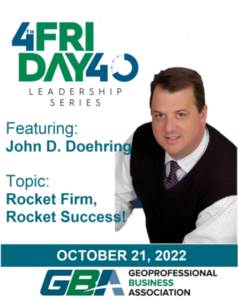 in support of the 4thFriday40 Leadership Series. John will share with us how forward-thinking and future-focused leaders today are aggressively pursuing new ideas, new approaches, and new methods – to accelerate their success into the Fast Future world ahead. Please join us for a high intensity, engaging, and entertaining, look at how these new, innovative approaches to strategic planning, leadership development, and operational execution can lift your firm beyond well the good – and blast off to extraordinary!
in support of the 4thFriday40 Leadership Series. John will share with us how forward-thinking and future-focused leaders today are aggressively pursuing new ideas, new approaches, and new methods – to accelerate their success into the Fast Future world ahead. Please join us for a high intensity, engaging, and entertaining, look at how these new, innovative approaches to strategic planning, leadership development, and operational execution can lift your firm beyond well the good – and blast off to extraordinary!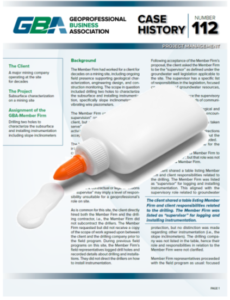 for a mining client drilling two holes to characterize the subsurface and install instrumentation. After installation, the instrumentation was found to be partially
for a mining client drilling two holes to characterize the subsurface and install instrumentation. After installation, the instrumentation was found to be partially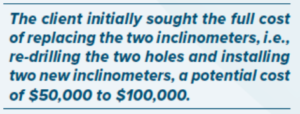 read the cases, then discuss what went wrong, what could have been done to mediate the problems, how issues that arose may be like issues in ongoing projects, and how to avoid similar issues in the future.
read the cases, then discuss what went wrong, what could have been done to mediate the problems, how issues that arose may be like issues in ongoing projects, and how to avoid similar issues in the future.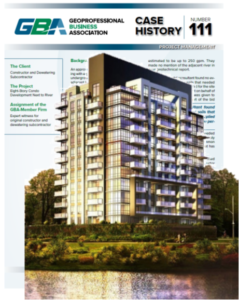
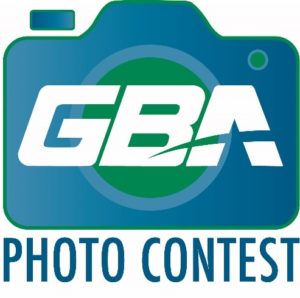 geoprofessionals and for our 2022 photo contest we asked Members to share: “How do you depict the day in the life of a Geoprofessional?”
geoprofessionals and for our 2022 photo contest we asked Members to share: “How do you depict the day in the life of a Geoprofessional?”
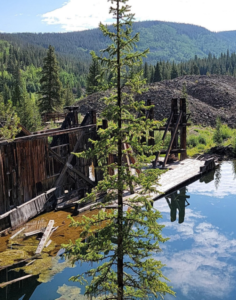
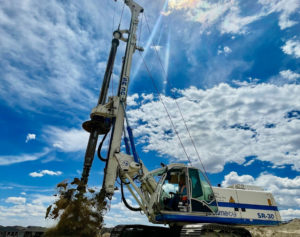 stability for private homes. At least 5 feet of bedrock must be dug through, here we are reaching a complete depth averaging 42 feet. The drill creates 18-inch diameter holes that are later filled with rebar and cement
stability for private homes. At least 5 feet of bedrock must be dug through, here we are reaching a complete depth averaging 42 feet. The drill creates 18-inch diameter holes that are later filled with rebar and cement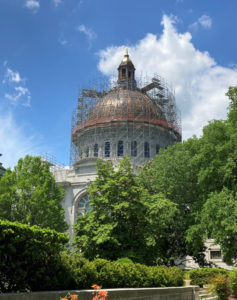
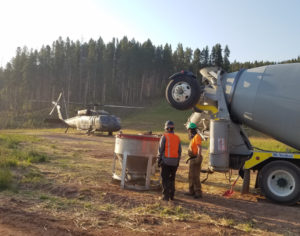 foundation, a new footing and tower was being constructed to replace the failing one. CTL|Thompson performed a rebar inspection for the footing and tested the concrete during placement. The photo represents the staging area during concrete placement operations.
foundation, a new footing and tower was being constructed to replace the failing one. CTL|Thompson performed a rebar inspection for the footing and tested the concrete during placement. The photo represents the staging area during concrete placement operations.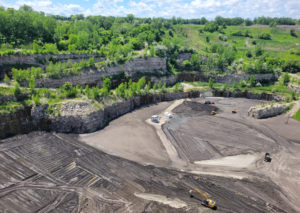 (coal combustion residuals, or CCR).
(coal combustion residuals, or CCR).
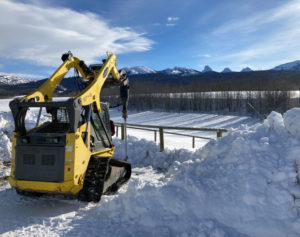
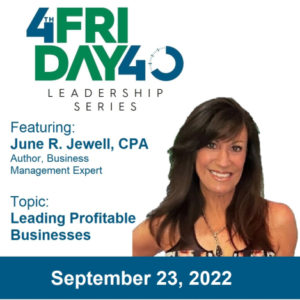 due to heavy competition, fee pressure, and self-sabotaging behaviors motivated by negative, self-limiting beliefs. Fear of losing, fear of upsetting clients, even fear of being “too expensive” are causing your firm to lose out on higher fees, change orders, and upsells.
due to heavy competition, fee pressure, and self-sabotaging behaviors motivated by negative, self-limiting beliefs. Fear of losing, fear of upsetting clients, even fear of being “too expensive” are causing your firm to lose out on higher fees, change orders, and upsells.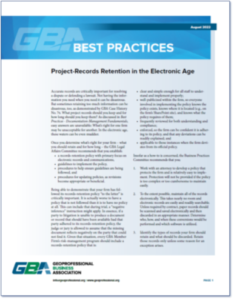 Project-Records Retention. Accurate records are critically important for resolving a dispute or defending a lawsuit. Not having the information you need when you need it can be disastrous. But sometimes retaining too much information can be disastrous, too. This revised publication gives recommendations on what project records you should keep and what not to keep. It also gives recommendations on how long and where those records should be kept. It is a guideline for the firms, but this will be also depend on the company policies.
Project-Records Retention. Accurate records are critically important for resolving a dispute or defending a lawsuit. Not having the information you need when you need it can be disastrous. But sometimes retaining too much information can be disastrous, too. This revised publication gives recommendations on what project records you should keep and what not to keep. It also gives recommendations on how long and where those records should be kept. It is a guideline for the firms, but this will be also depend on the company policies.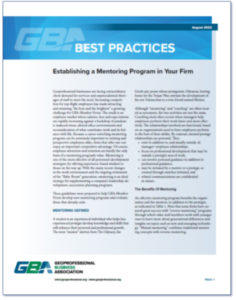 member firms establish a sustainable mentoring program that enhances professional development, elevates employee engagement, and propels your employees to achieve their highest potential through meaningful relationships with others.
member firms establish a sustainable mentoring program that enhances professional development, elevates employee engagement, and propels your employees to achieve their highest potential through meaningful relationships with others.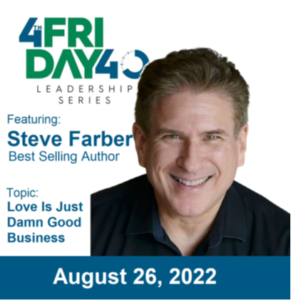 Steve Farber rejoins GBA as the next presenter for the 4th Friday 40 Leadership Series. This is a monthly webinar for GBA leaders at all levels to promote professional development, optimize influence, and facilitate achievement. In short, we want to help you to be a stronger, smarter, more successful leader.
Steve Farber rejoins GBA as the next presenter for the 4th Friday 40 Leadership Series. This is a monthly webinar for GBA leaders at all levels to promote professional development, optimize influence, and facilitate achievement. In short, we want to help you to be a stronger, smarter, more successful leader.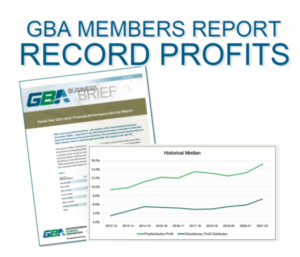 from member-firms so our members can measure their success, improve business performance, and optimize efficiency. The newest GBA Business Brief — available only to members – compiles data from GBA Business Practices Committee’s 2021-2022 Financial-Performance Survey, in a short report, covering key financial-performance issues of surveyed firms.
from member-firms so our members can measure their success, improve business performance, and optimize efficiency. The newest GBA Business Brief — available only to members – compiles data from GBA Business Practices Committee’s 2021-2022 Financial-Performance Survey, in a short report, covering key financial-performance issues of surveyed firms. library of Case Histories that provide unprecedented real-world learning examples related to project and business management.
library of Case Histories that provide unprecedented real-world learning examples related to project and business management.